2015 Toyota Camry First Driving Impressions
When the current-generation Camry first rolled out in 2012, it was roundly panned by critics as a half-hearted effort by Toyota. The previous generation model was a dominant class-leader, and many have accused Toyota of sitting on their laurels with the new one.
Whilst the 2012 full model change retained many of the qualities that made its predecessors such a hit among Malaysia’s middle-management executives, it also attracted much criticism for poor specifications such as the continued using of an aging engine-drivetrain package and a poor safety package that saw electronic stability control not initially available in any variant. It was also, in our opinion, asking for too much money.
Thanks to the strong reputation of the nameplate, however, sales started strongly, but surrounded by newer versions of the Honda Accord, Mazda6, and Nissan Teana – all of which are more competitively specced and priced – Camry numbers have taken a hit over the last one year and lost its coveted top spot in the D-segment.
However, if there is one constant in the automotive industry, it is that you can always count on Toyota to come back stronger after they’ve been beaten. An updated 2015 Camry will launch in Malaysia tomorrow, and looking at the specs sheet, it is obvious that Toyota gave the car a thorough makeover in a bid to wrestle segment supremacy back from the Accord.
Variants
The new Camry lines up at showrooms in a familiar three-pronged line-up featuring a pair of 2.0-litre variants lining up below the flagship model, which now switches from a regular 2.5-litre petrol engine to a more advanced hybrid powertrain of the same displacement. Prices have yet to be confirmed, but are said to be competitive – our opinion, they must come down from their current levels.
Equipment levels have been improved from the previous model, although not adequate to us with particular regards to safety. Both 2.0-litre variants get only dual frontal airbags, and electronic stability control is shockingly absent in the base 2.0E variant. The Hybrid is better stocked in this area, being given a total of seven airbags, blind spot warning, and rear cross-traffic alert (RCTA). Both the latter systems feed input from radar sensors mounted within the rear bumpers; RCTA functions to warn drivers of oncoming vehicles when reversing out of a parking lot.
Toyota was more generous on the amenities front, however, starting the 2.0E off with HID headlamps, daytime running lights, acoustic windshield glass, keyless entry, and dual zone climate control. Leather upholstery, 8-way electric seat adjustment (driver & passenger), and cruise control comes in at 2.0G level, but moving up to the flagship Hybrid brings a whole world of upgrades including a factory-fitted 7-inch touchscreen with GPS and reverse camera, rear and side sunshades for the towkay, Bluetooth handsfree, LED headlamps, and auto wipers. If you want a touchscreen system with the 2.0-litre model, UMW Toyota offers a PDI-fitted alternative as a cost option.
Specifications
The Camry Hybrid makes headlines for being the first locally-assembled hybrid model offered by Toyota to the Malaysian market. Its 2,494cc 2AR-FXE Atkinson cycle engine is built on the same block that underpinned the previous 2.5V’s mill and has actually been around powering various Lexus models wearing the ‘300h’ badge.
Combining the petrol engine’s 158hp/213Nm outputs with 141hp/270Nm from the electric motor, the Camry Hybrid has access to net outputs of 202hp – a figure bettered in the petrol D-segment only by the Ford Mondeo EcoBoost. The electric motor draws power from a NiMH traction battery, a type better known for its reliability than power density, meaning its all-electric cruising range is limited to no more than a couple of kilometres at best. Official fuel consumption for this model is quoted as 5.2 l/100km on the ECE combined cycle.
Whilst the spot light shines on the Hybrid variant, we feel the 2.0-litre variant deserves greater attention. It addresses the oft-repeated criticism of its predecessor’s 4-speed automatic with an upgrade to a 6-speeder, and the engine itself is an all-new unit that began series production only in end of 2014. Code named 6AR-FSE, the Camry is the first recipient of this new engine that shares many features and technologies with the 8AR engine we recently tried in the Lexus NX 200t.
Naturally-aspirated as opposed to being turbocharged, the 6AR nevertheless shares the same VVT-iW valvetrain and dual injection fuel system as the 8AR engine, and it thus has the ability to alternate between Atkinson and Otto combustion cycles according to engine loads. The key mechanism that enables the smooth transition between the two combustion cycle is the new variable valve timing system that keeps the intake valves open longer into the compression stroke when operating in Atkinson cycle mode. Toyota claims an official rated consumption of 7.3 l/100km.
Exterior
Appropriately reflecting the technical changes under the hood, the Camry’s appearance was subject to a substantial makeover, particularly its front end, where the bumpers, front grille, headlamp clusters, and even bonnet are remoulded to create a radically different look, one which we might even say looks confidently sporty without overdoing it.
Alterations are unsurprisingly less drastic aft of the A-pillars, with new tail lamps (that fit into identically-shaped grooves as before) and reprofiled bumpers being the only changes worth reporting. The horizontal chrome strip that spanned the width of the boot has been made thinner, and 2.0-litre variants sport dual exhaust pipes.
By the standards of today’s market, Toyota’s rim sizing – 16 inches for the 2.0 and 17 for the Hybrid – are rather conservative. We have no issue with that; besides lowering tyre replacement costs in the long run, smaller rims with higher profile tyres also benefits ride comfort, a quality which Toyota continues to prioritize with the Camry even if an overt attempt is made to style it in the direction of sportiness.
Interior
The existing cabin architecture from the outgoing model is carried over relatively unchanged, but suitably updated with a revised colour palette and a new two-dial instrument cluster. Compared to the two-tone beige & black cabin first introduced in 2012, the current cabin’s darker shades, accordingly matched with darker grains of wood trim, is a much less ghastly affair.
By and large, the cabin exudes all of the familiar qualities that we’ve come to expect of a Camry cabin, marrying faultless build quality and thoughtful luxury. That familiar shoulder switch from the predecessor that allows the front passenger seat to be adjusted from the back is a clear indicator of the kind of crowd that Toyota built this Camry for.
Driving Impressions
Besides a pair of new powertrains, Toyota engineers also claim that the new Camry benefits from considerable retuning of its chassis with its steering and suspension subject to substantial reworking. A brief 14km stint on the highway with the 2.0-litre model driven back-to-back against its predecessor as well as equivalent variants of the Honda Accord and Nissan Teana lends credence to the claim.
Compared to its predecessor, the updated Camry felt notably more stable and planted at high speeds, with power delivery for the most part relatively smoother but for one caveat. From standstill, sudden mashing of the throttle causes a noticeable jerk a couple of seconds into acceleration before things smoothen out. On the driver’s part, this can be easily mitigated with more gradual application of the throttle, but it was an anomalous behaviour from an otherwise impressively smooth and refined engine.
Against its rivals, the updated Camry is closely-matched to them in outright performance, but refinement-wise, it boasts a clear advantage over its rivals – quite an achievement to do so when pitted against the Teana’s MR20DE engine, already one of the smoothest and quietest mills in the segment.
Our test programme also included a closed-circuit drive where we compared the Camry Hybrid against the Accord 2.4 for standing-start acceleration (untimed) and NVH over various rough surfaces. As you would expect, this being a programme hosted by UMW Toyota Motor, the tests demonstrated the Camry Hybrid’s superiority over the Accord on both counts, although for the record, we felt the acceleration test may not be a fair comparison considering the Accord is running a smaller-displacement non-hybrid engine.
We definitely agree that the Camry Hybrid has better ride comfort and sound insulation over poor surfaces compared to the Accord, however.
Conclusion
Having deservedly gotten flak for substandard handiwork on the predecessor, and also having taken a beating at the sales charts in the process, Toyota went back to the drawing board and has thoroughly done its homework in the Camry. There is little doubt in our mind that it once again is a force to be reckoned with.
Toyota’s seriousness with the new Camry is emphasized by its pair new powertrains, both of which are now amongst the most advanced available in the segment. Our only real gripe with the package is that safety is not standardized across the board. Having expended the effort to trump the competition with class-leading engines, it is frustrating to see Toyota not press home its advantage with a more complete array of safety. As things stand, the absence of ESC from the 2.0E and the limitation to two airbags in both 2.0-litre models present rivals with an opening which to exploit.
A fuller more conclusive evaluation of the Camry’s merits and drawbacks await, pending the availability of test cars for a lengthier review, but brief impressions thus far are encouraging. The Camry is back, and it’s gunning for segment leadership, once again.
Gallery – 2015 Toyota Camry 2.0G and Hybrid
2015 Toyota Camry 2.0G
2015 Toyota Camry Hybrid




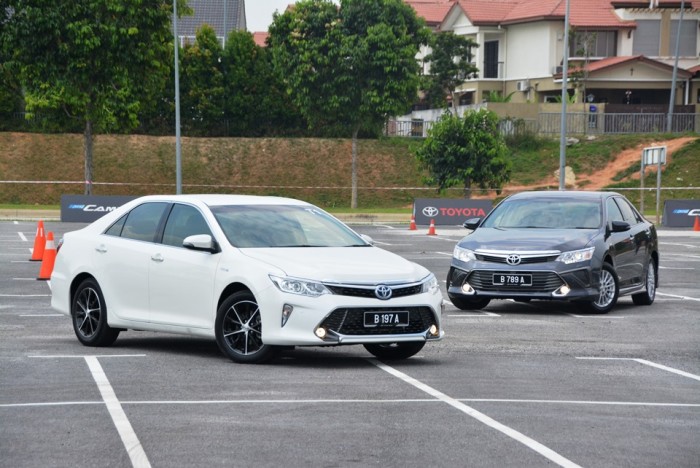

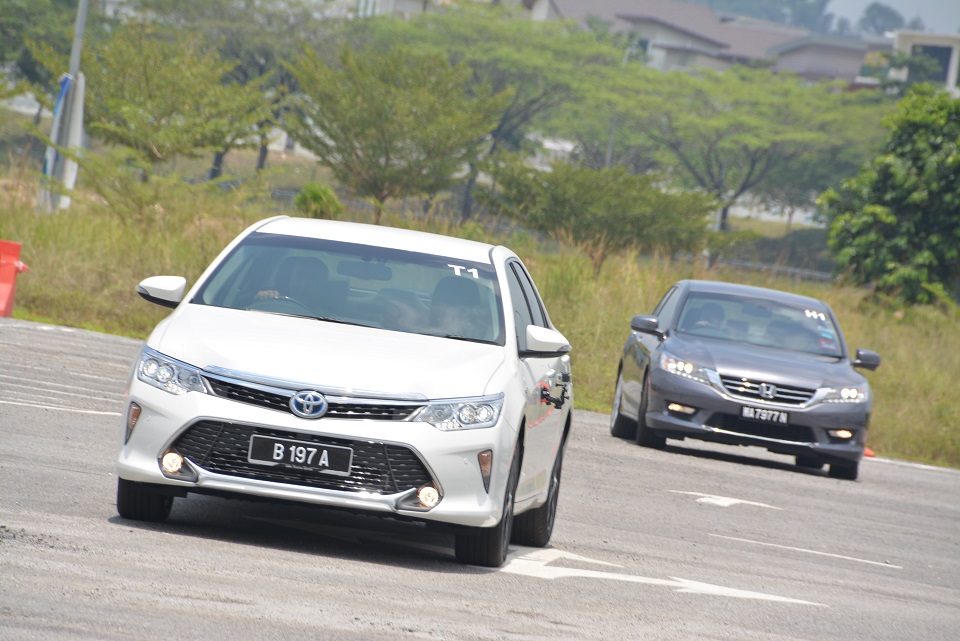
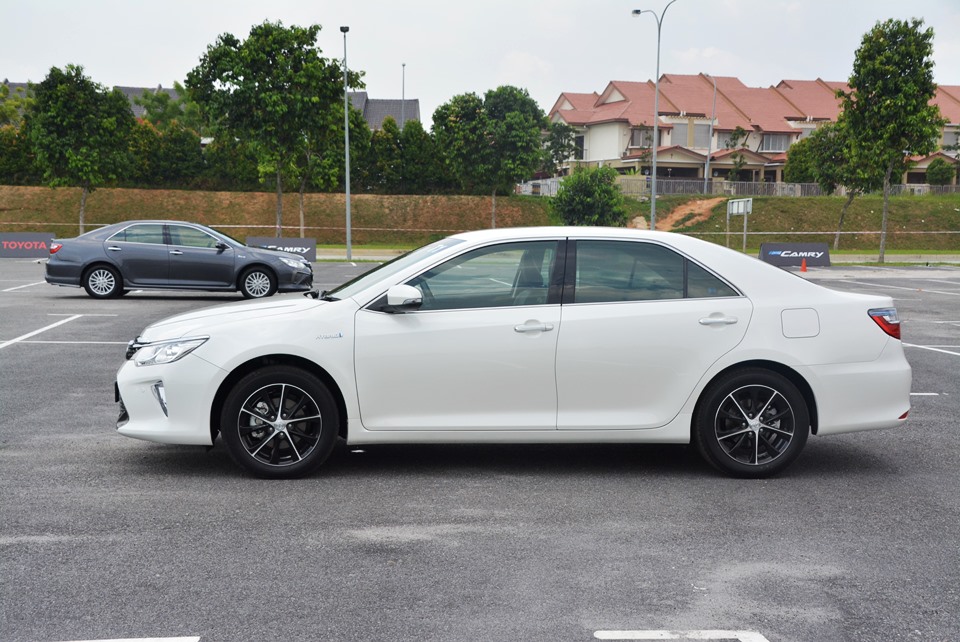
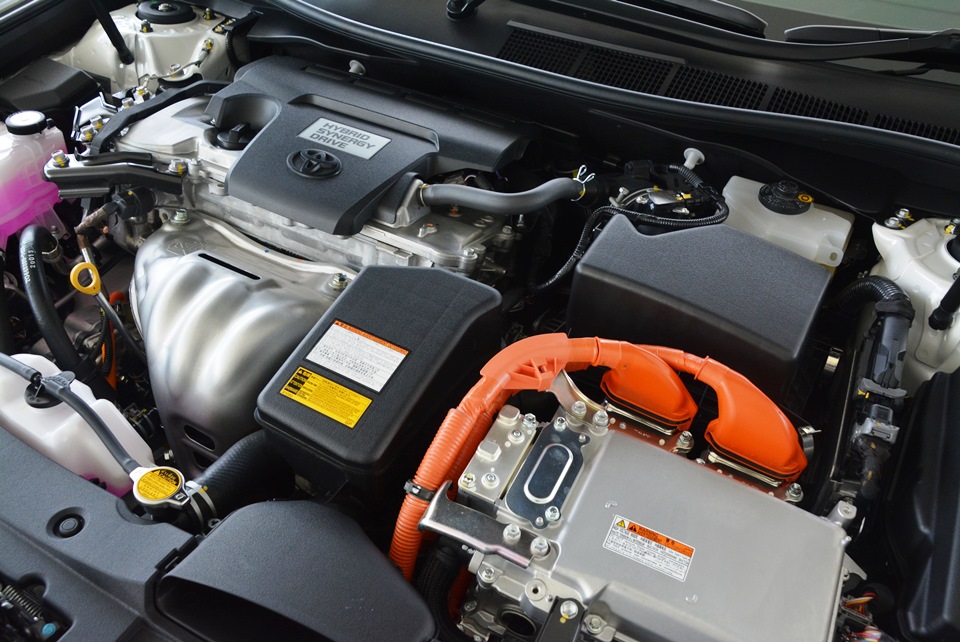
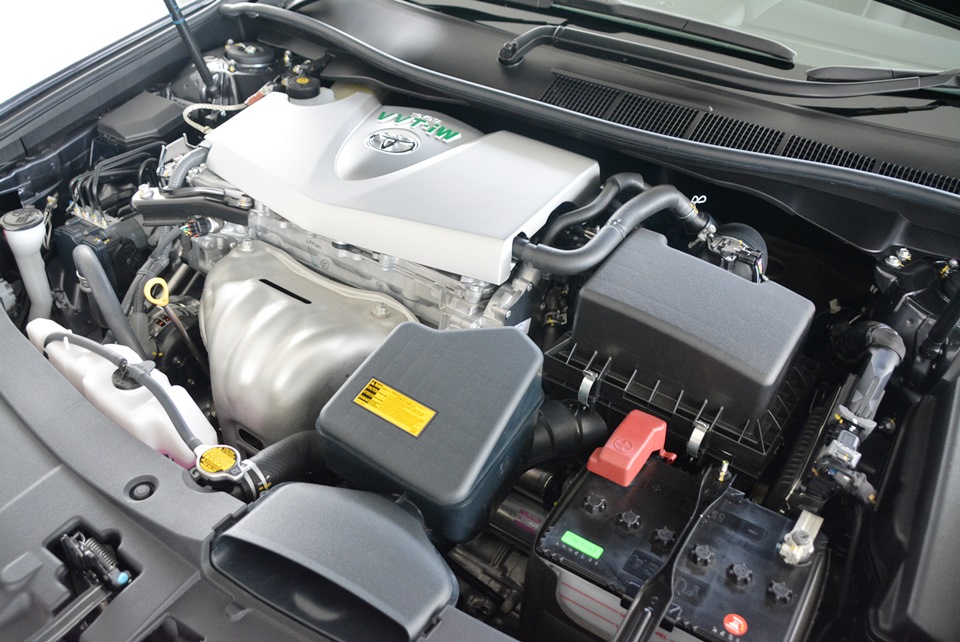
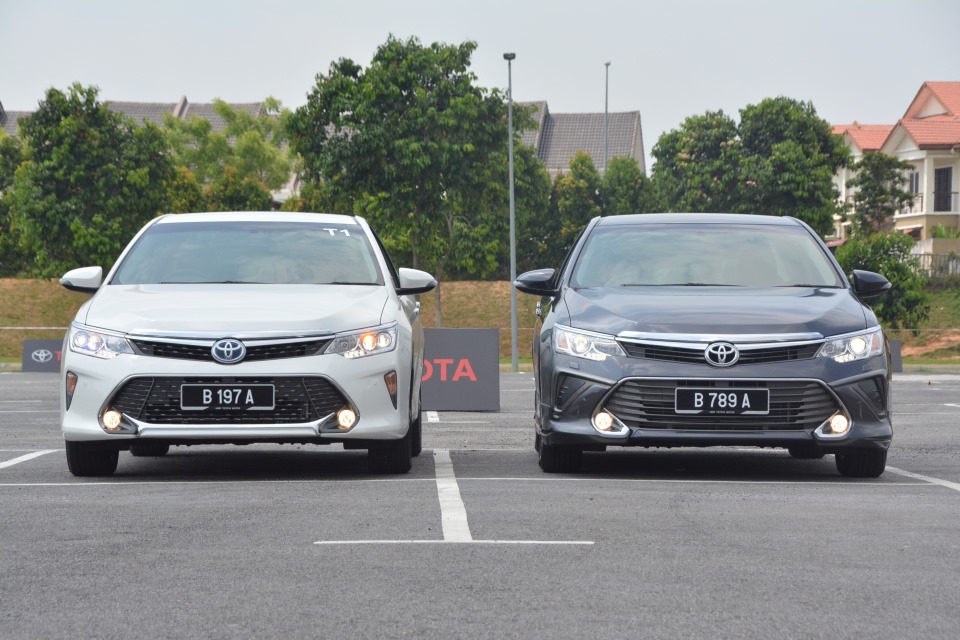
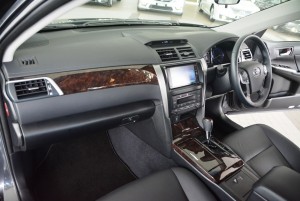
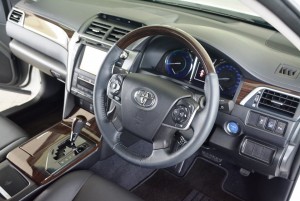
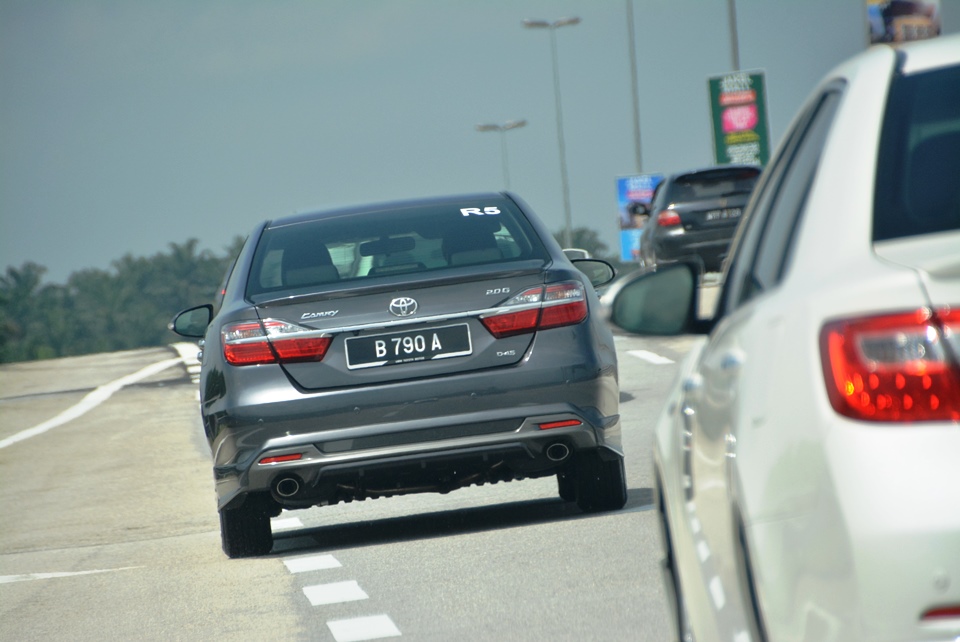
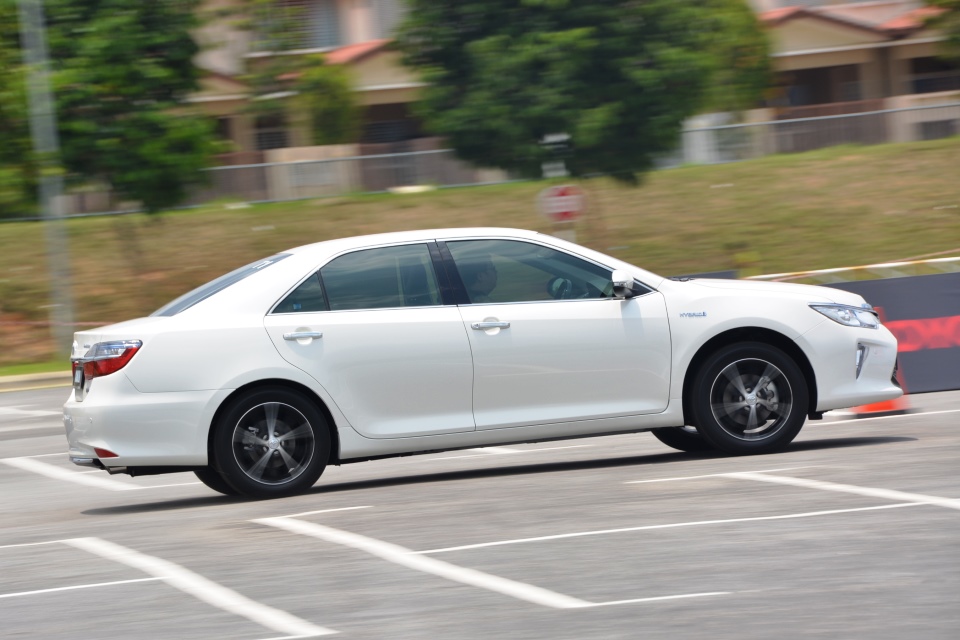
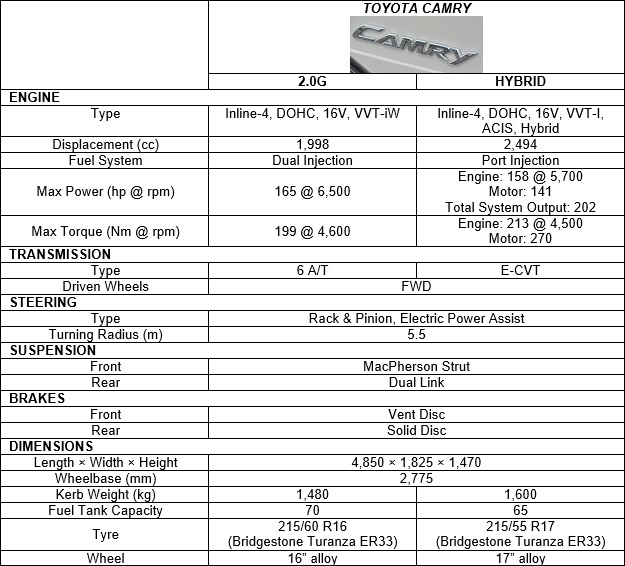
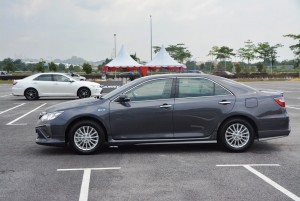
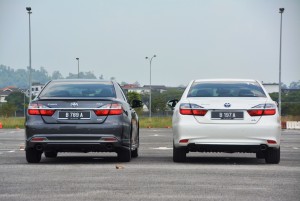
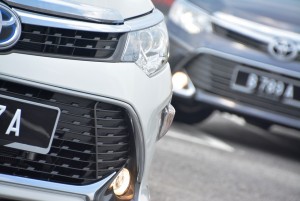
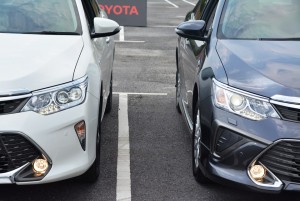
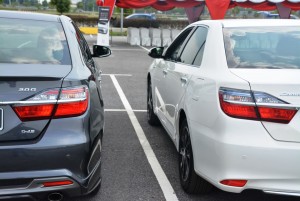
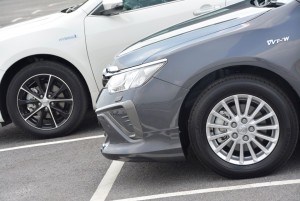
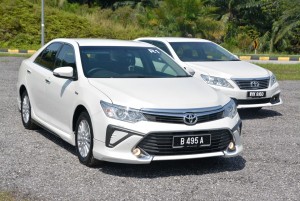
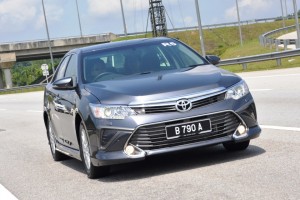
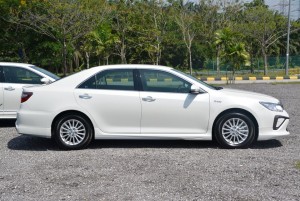
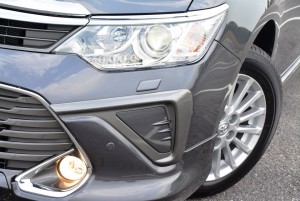
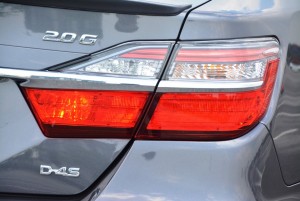
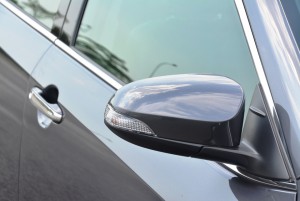
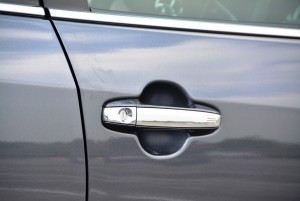
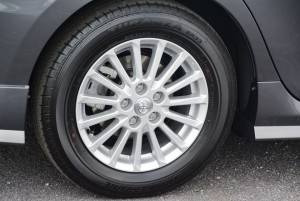
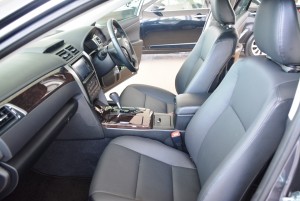
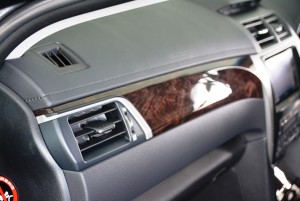
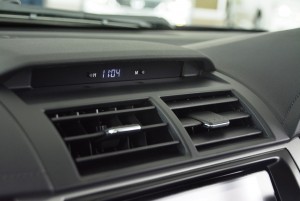
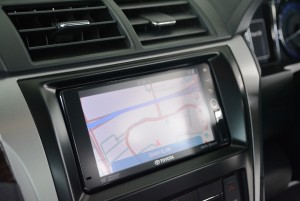
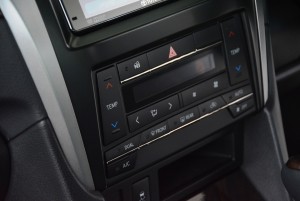
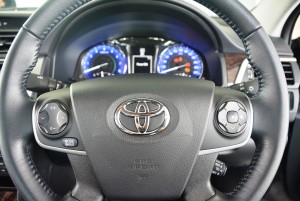
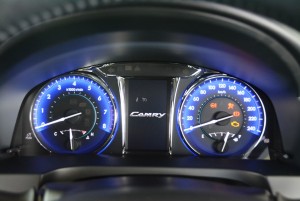
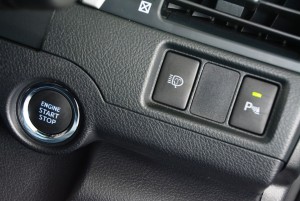
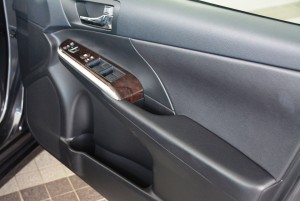
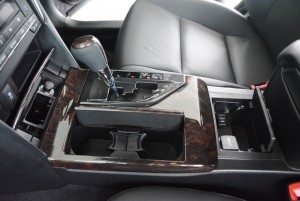
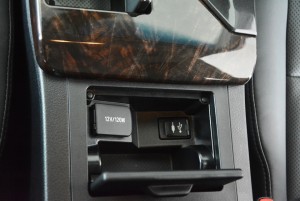
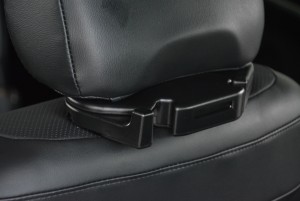
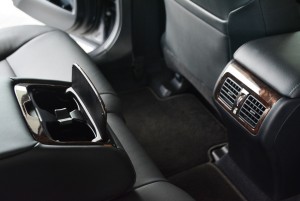
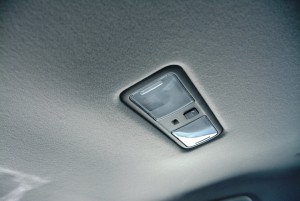
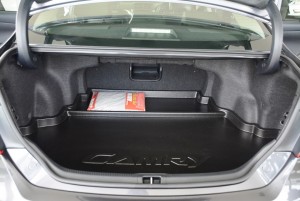
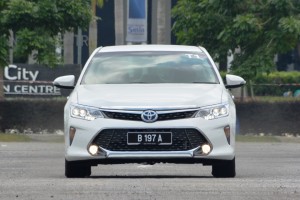
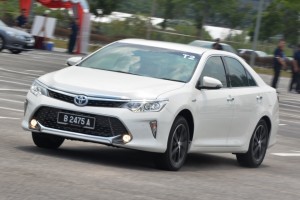
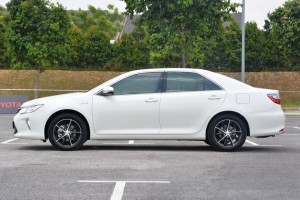
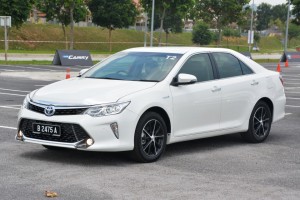
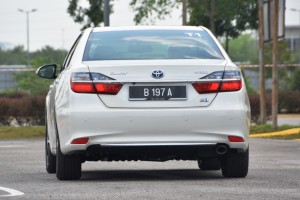

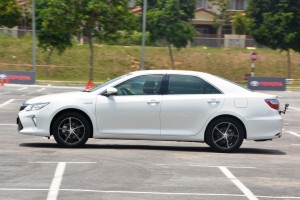
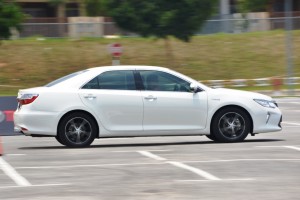

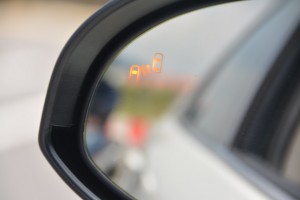
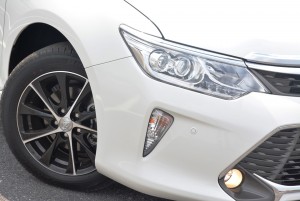
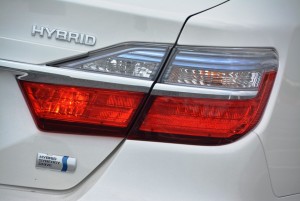
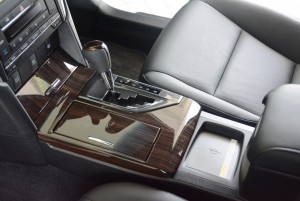
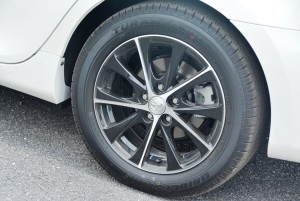
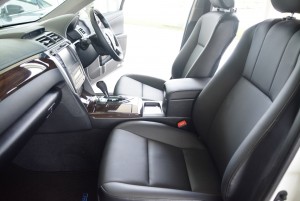
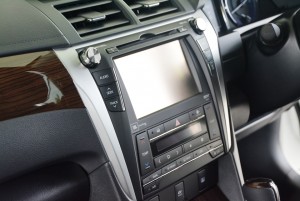
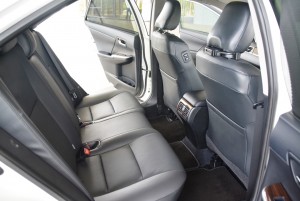
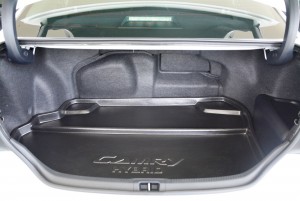




















Really well-written first impression. Thoroughly enjoyed the read and looking forward to the full-length review!
Does the Hybrid run on Ron 95 or below?
@Obviously: Thank you for your support. We shall arrange for a more detailed review of both variants as soon as possible.
@Illya: Yes, the Hybrid is good for RON 95.